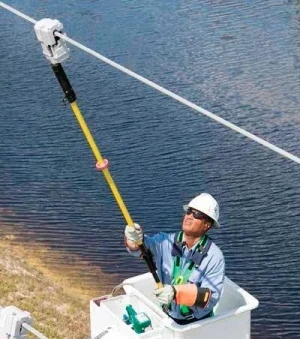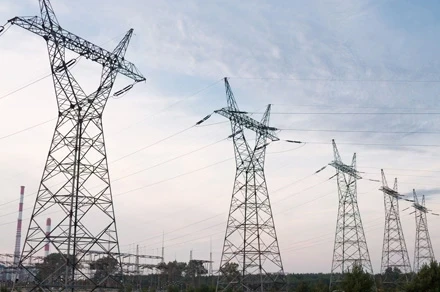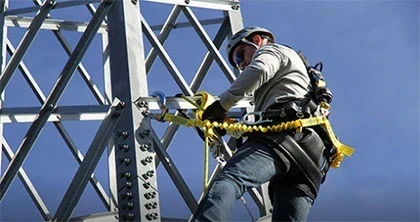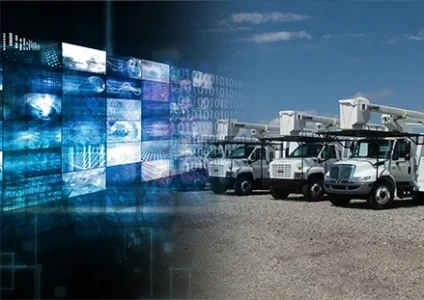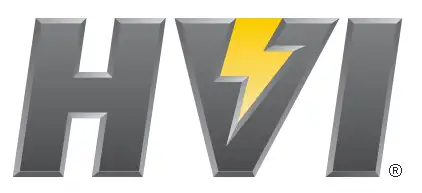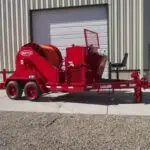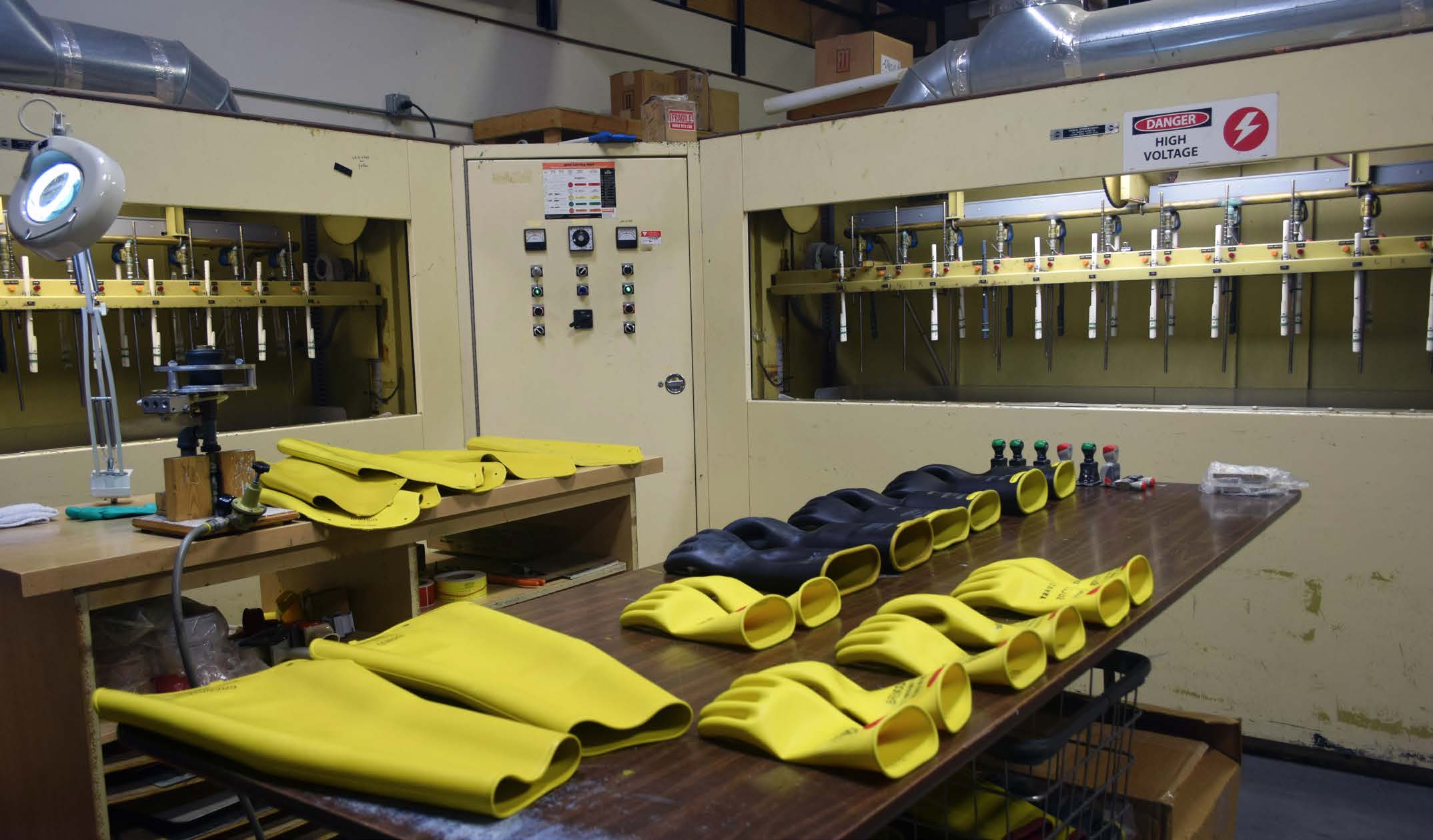Louisiana Industries Push for Faster Renewable Energy Transition
Louisiana, known for its robust oil and gas industry, is experiencing a significant shift as some of its largest industries express frustration over delays in the state’s renewable energy transition. These major players are pushing for accelerated development and implementation of renewable...




